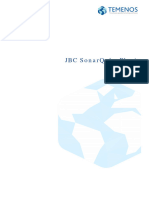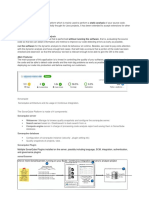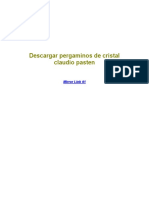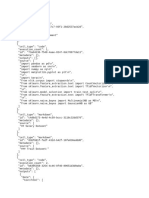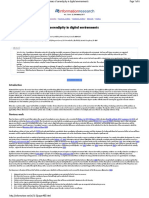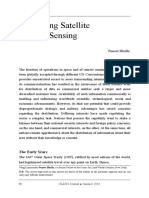0% found this document useful (0 votes)
4 views4 pagesExperiment 7
The document outlines an experiment to understand Static Application Security Testing (SAST) and integrate Jenkins with SonarQube for automated code analysis. It includes objectives, required tools, installation steps, and configuration for both SonarQube and Jenkins, along with optional GitLab integration. The conclusion emphasizes the benefits of early detection of security flaws and the automation of secure coding standards in DevSecOps pipelines.
Uploaded by
surekhaCopyright
© © All Rights Reserved
We take content rights seriously. If you suspect this is your content, claim it here.
Available Formats
Download as DOCX, PDF, TXT or read online on Scribd
0% found this document useful (0 votes)
4 views4 pagesExperiment 7
The document outlines an experiment to understand Static Application Security Testing (SAST) and integrate Jenkins with SonarQube for automated code analysis. It includes objectives, required tools, installation steps, and configuration for both SonarQube and Jenkins, along with optional GitLab integration. The conclusion emphasizes the benefits of early detection of security flaws and the automation of secure coding standards in DevSecOps pipelines.
Uploaded by
surekhaCopyright
© © All Rights Reserved
We take content rights seriously. If you suspect this is your content, claim it here.
Available Formats
Download as DOCX, PDF, TXT or read online on Scribd
/ 4



























